AP Music Theory Terms - Q1
1/79
Earn XP
Description and Tags
Name | Mastery | Learn | Test | Matching | Spaced |
|---|
No study sessions yet.
80 Terms
Order of Sharps
FCGDAEB
½ above the last sharp is the tonic
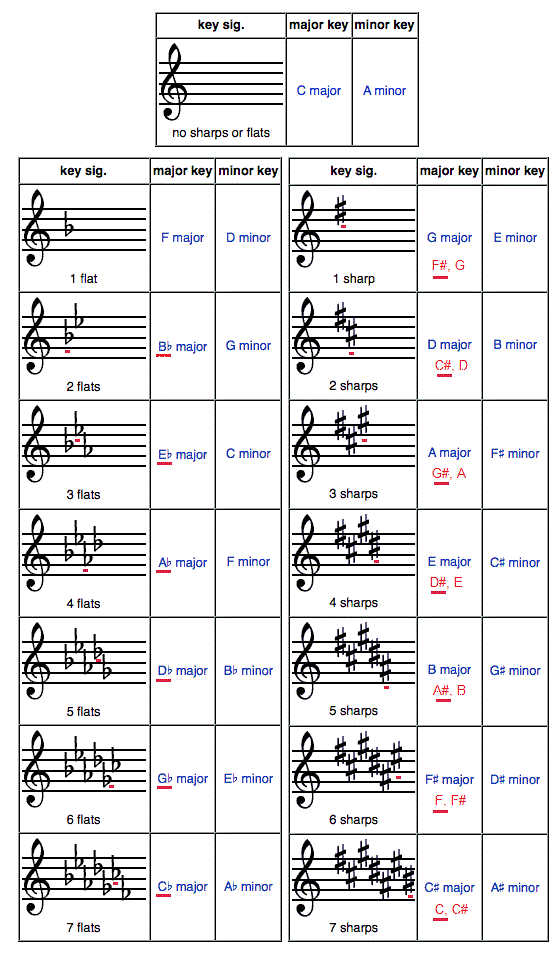
Order of Flats
BEADGCF
2nd to last flat is the tonic
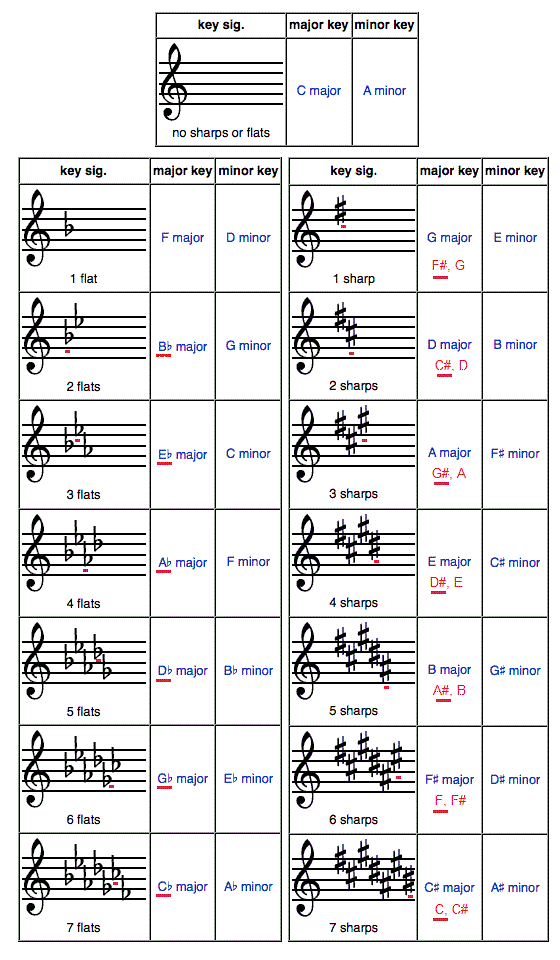
Relative Minor
Contains the same key signature, but has a different tonic
Starts on the 6th Scale Degree
The root of the relative major is always the third note of the minor scale
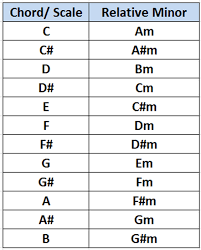
Parallel Minor
Contains a different key signature but has the same tonic
+ 3 flats
- 3 sharps
Natural Minor
Lowered 3, 6, and 7
Insert Parallel Minor key signature
Harmonic Minor
Lowered 3, and 6
Insert Parallel Minor key signature THEN raise the 7th
Melodic Minor
ASCENDING ONLY
Lowered 3rd
Insert Parallel Minor key signature THEN raise the 6th and 7th
DESCENDING —» NATURAL MINOR
Simple Meter
Beat can be broken up into groups of
Type of meter is determined by the top #
Top #: BPM
Top # values: 2,3,4
Bottom #: what note value gets a whole beat
Compound Meter
Beat can be broken up into groups of 3
Type of meter is determined by the top #
Top #: # of beat notes in a measure
Top # values: 6, 9, 12
Bottom #: beat note
Usually signified by a dotted rhythm
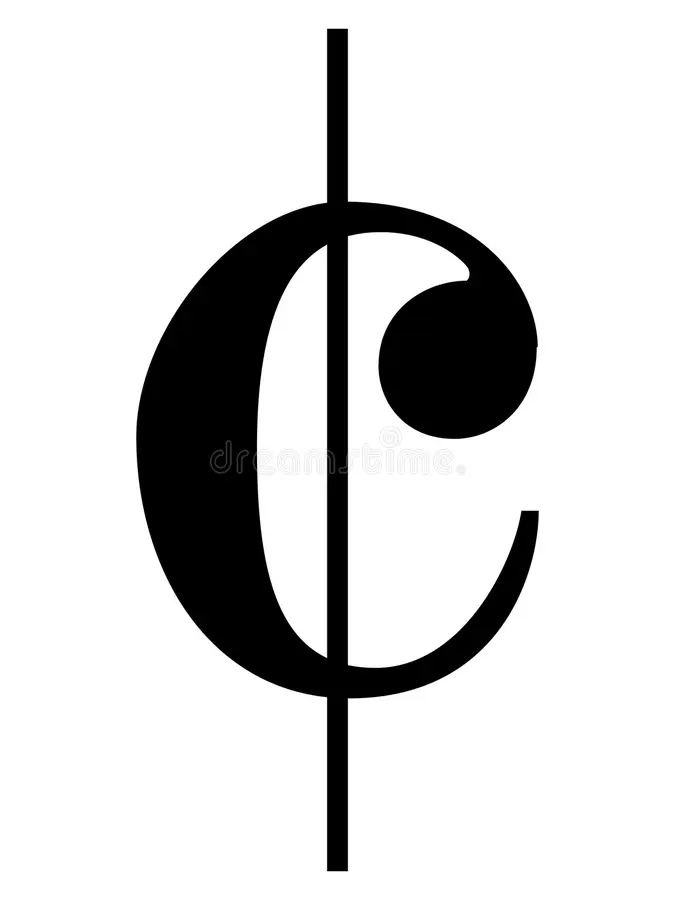
Alla Breve or Cut Time
Asymmetrical Meter
When beats can be divided in more than 1 way
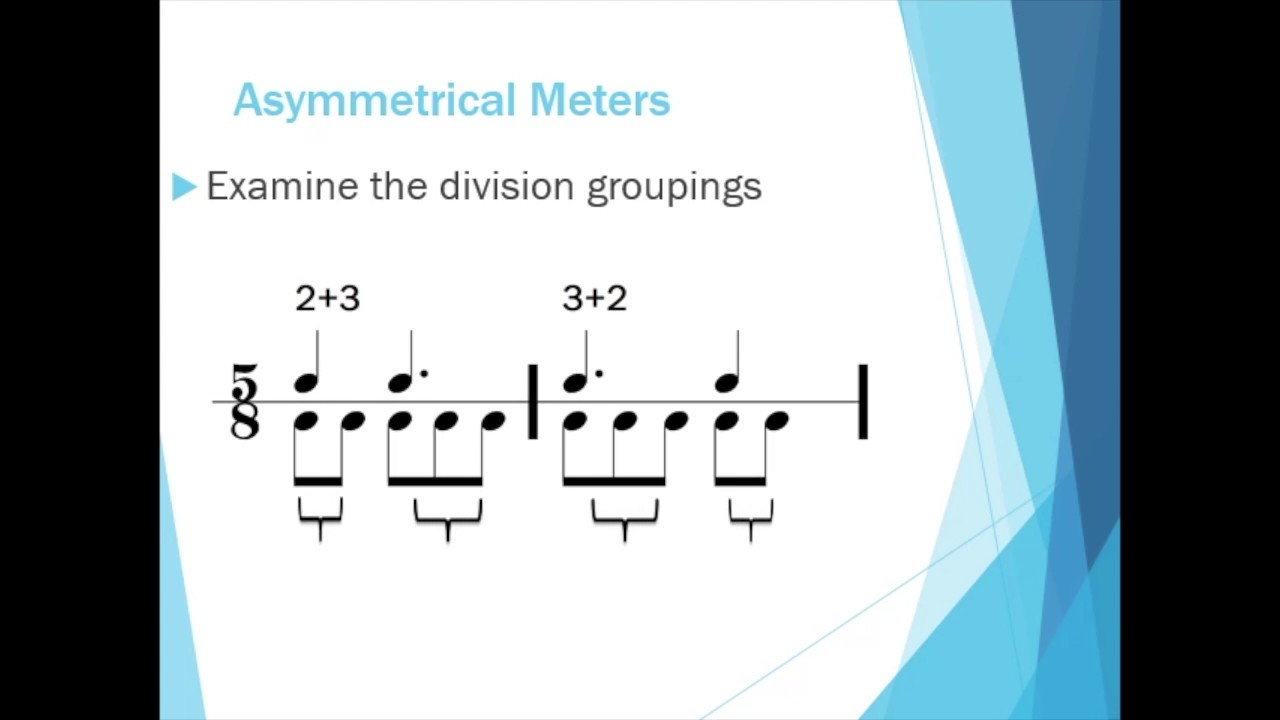
Steps in a Major Scale
WWHWWWH
Scale Degree Names
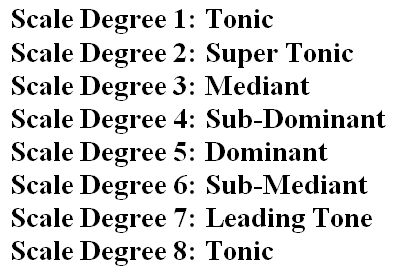
Major Roman Numerals
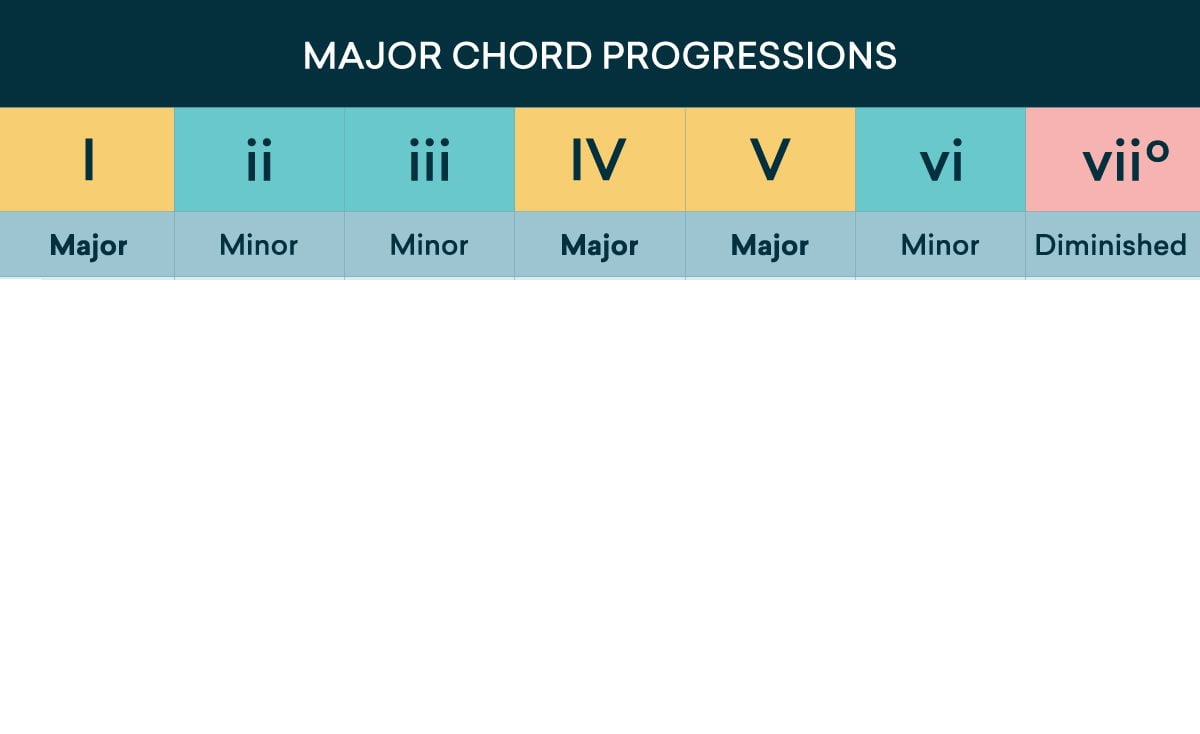
Minor Roman Numerals
Starts at the 6 of the Major Roman Numerals
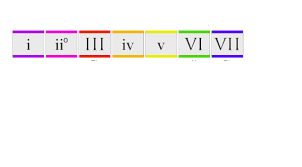
Intervals
Relationship between two notes
Perfect Intervals
P1 —» Unison
P4
P5
P8 —» Octave
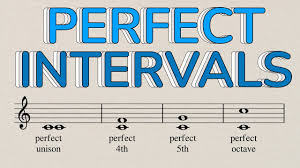
Interval Rules
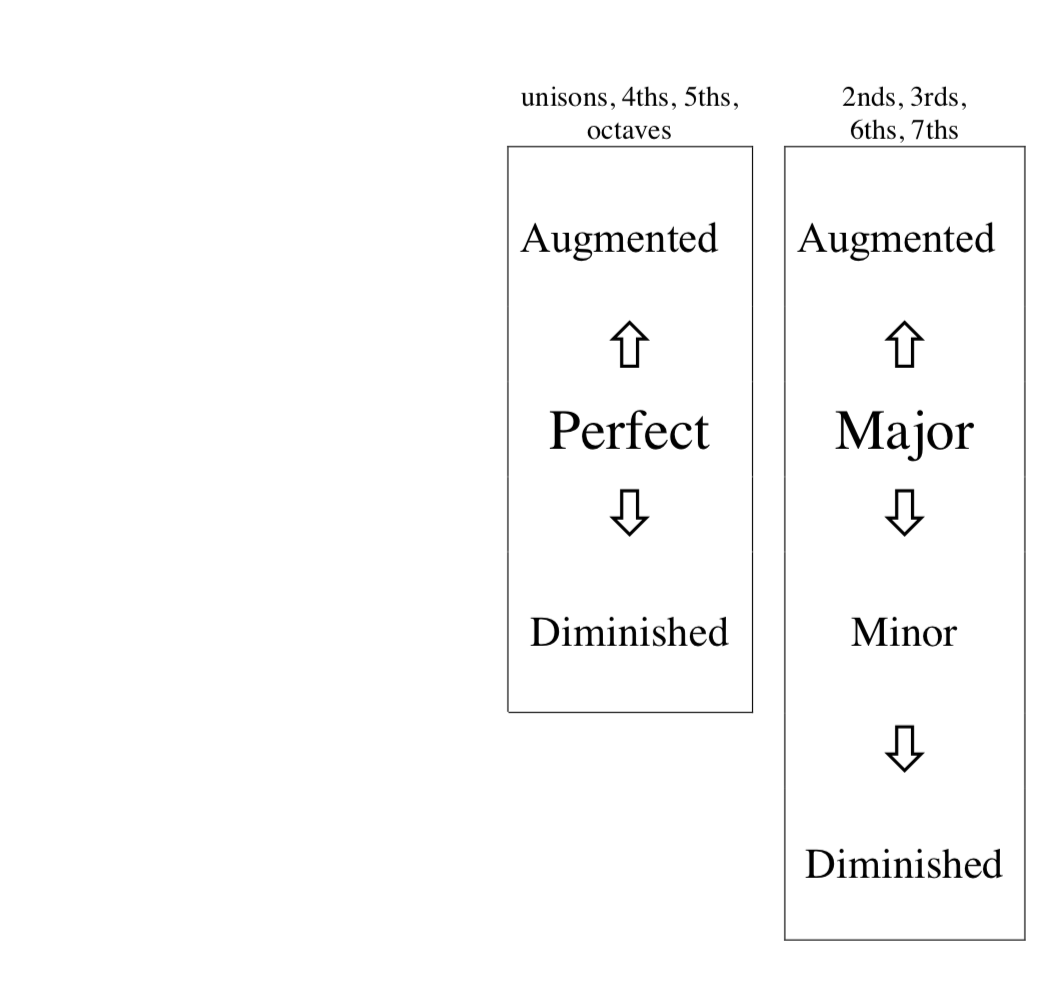
Interval Inversions
Inversion pairs always = 9

Tritone
Devil’s Interval
A4 OR d5
Texture
how music is layered

Monophonic Texture
Music that only plays one note at a time, without any accompaniment or harmony
Homophonic Texture
Music that plays two or more notes simultaneously
chordal: all parts move rhythmically together
melody with accompaniment
Polyphonic Texture
Music that features two or more single melodies playing simultaneously
imitative: two or more equally prominent but different melodies playing simultaneously that are similar
non-imitative: two or more equally prominent but different melodies playing simultaneously that are not similar
fugues: is a contrapuntal, polyphonic compositional technique in two or more voices, built on a subject (a musical theme) that is introduced at the beginning in imitation (repetition at different pitches), which recurs frequently throughout the course of the composition
Heterophonic Texture
Music that features a variation(s) of a single melody playing simultaneously
riffing
Contrary Motion
Two voices move opposite each other
AP Term —» Voice exchange

Oblique Motion
One voice stays the same while one voice moves

Parallel Motion
Voices move in the same direction at the same intervals

Similar Motion
Voices move in the same direction at different intervals

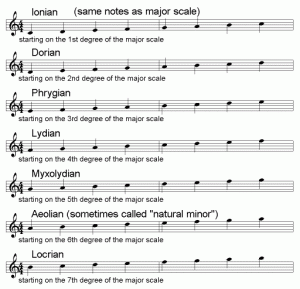
Modes
Scales that start on a different tonic than their original key signature
Mode Names
Ionian —» Major / Original Key
Dorian
Phrygian
Lydian
Mixolydian
Aeolian —» Natural Minor
Locrian
Triads
Three note chord
Triad Composition
Major - M3, P5
Minor - m3, P5
Diminished - m3, d5
Augmented - M3, A5

Triad Inversions
Changing the position of the notes in a triad
1st Inversion - 6
2nd Inversion - 6/4
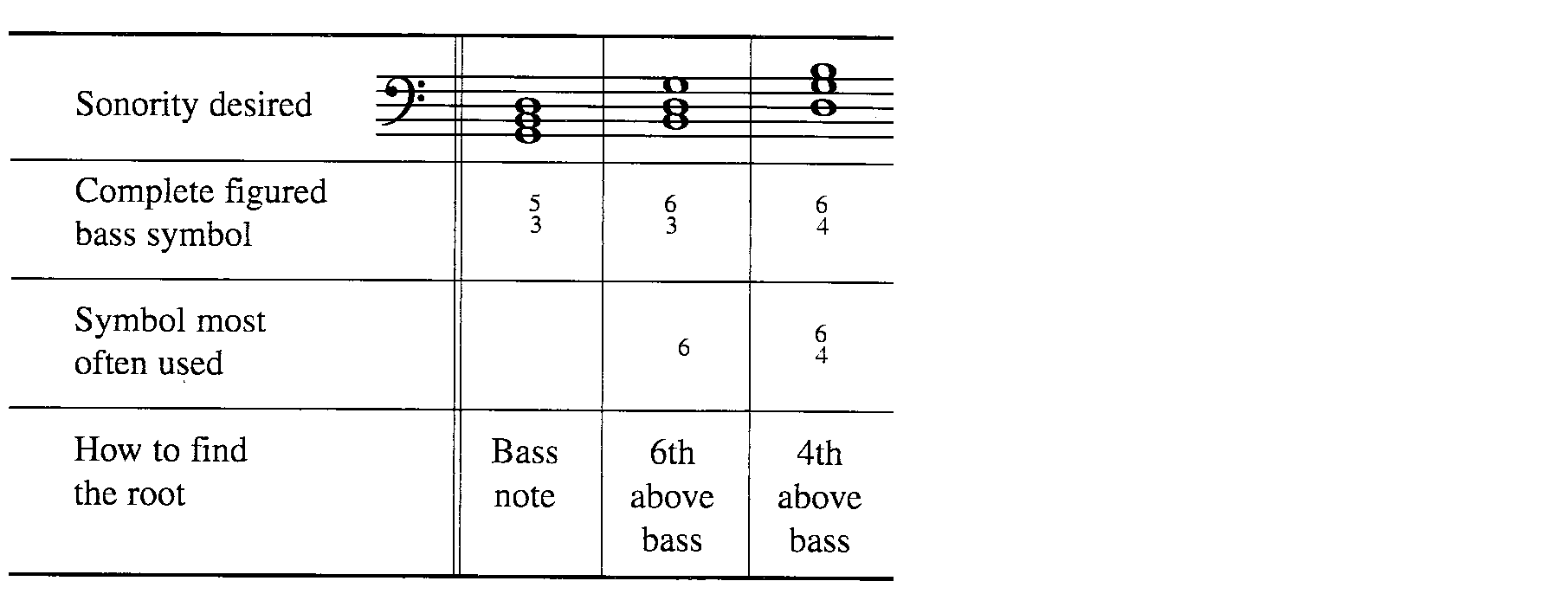
7th Chords
Four note chord
7th Chord Composition
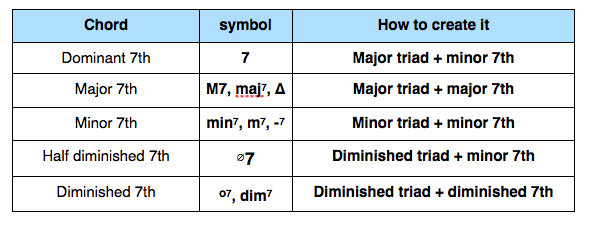
7th Chord Inversions
Changing the position of the notes in a triad
Root position - 7
1st inversion - 6/5
2nd inversion - 4/3
3rd inversion - 4/2

Triad/ 7th Chord inversions
Tells the relationship (steps) between the notes and the tonic
Non-chord Tones
Notes that do not fit in the chord
Passing Tone
Prepared by a chord tone a step above or below it and resolved by continuing in the same direction stepwise to the next chord tone

Neighboring Tone
Approached by step and then returns by step to the original note
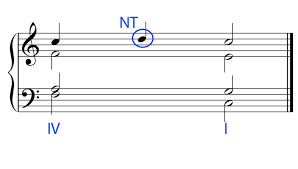
Escape Tone
Approached by step and then skips in the opposite direction
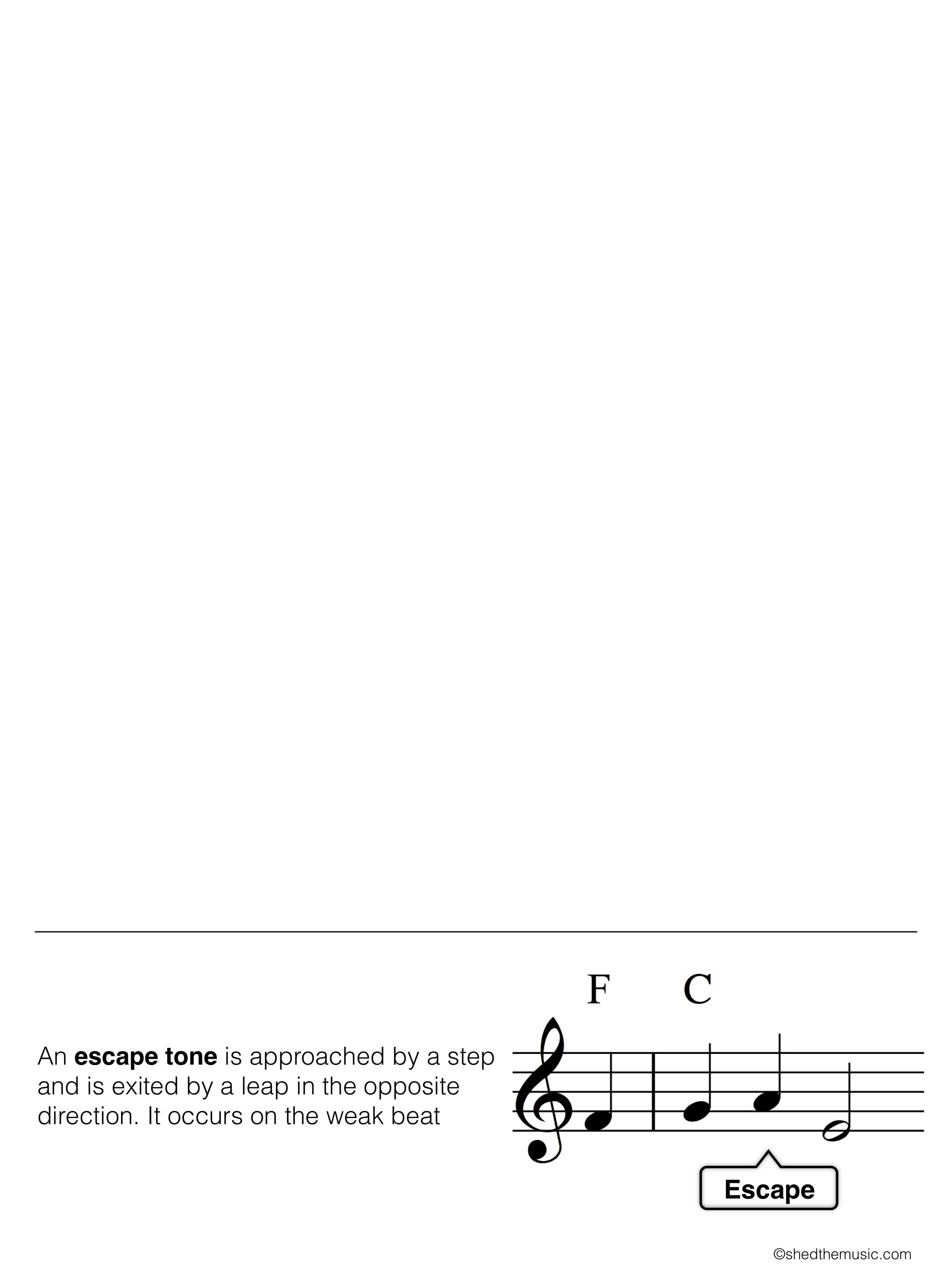
Appoggiatura
Approached by leap and then steps in the opposite direction
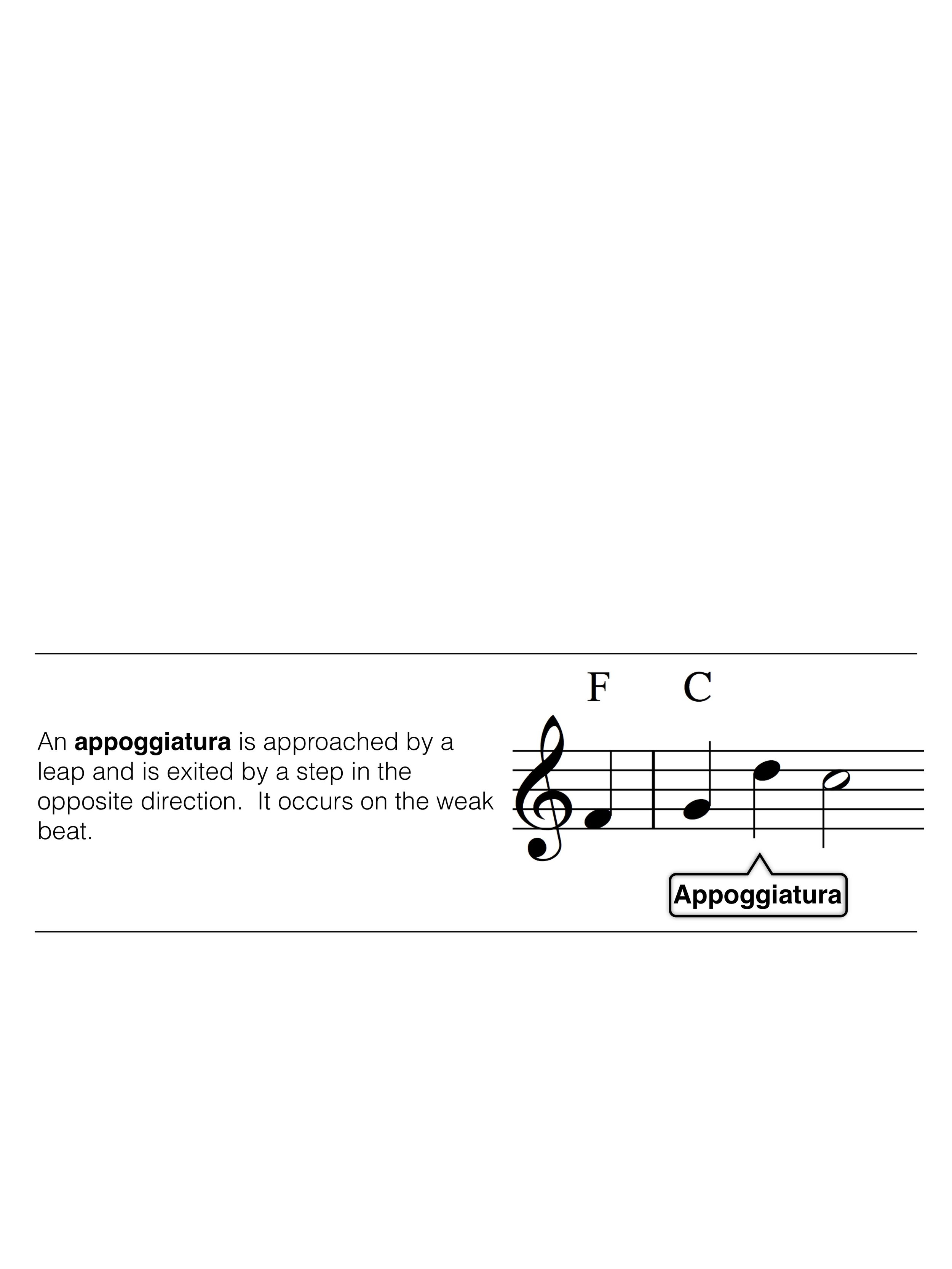
Changing Tone / Cambiata
Appear to resemble two consecutive neighbor tones; an upper neighbor and a lower neighbor with the chord tone missing from the middle

Anticipation
When one note moves to the next chord before the rest
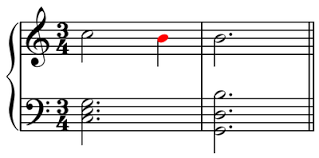
Suspension
A means of creating tension by prolonging a consonant note while the underlying harmony changes, normally on a strong beat
ALWAYS resolves down
Common Suspentions
4-3
9-8
7-6

Retardation
Keeping a note from a chord suspended or maintained into the next chord and, then, resolving it a step upwards
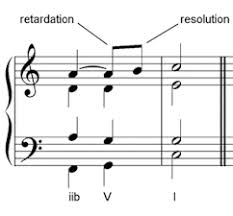
Simple Interval
An octave or less
Compound Interval
More than an octave
Timbre
The unique sound of each instrument/voice
Contour
Direction/shape of a musical line
Conjunct
The melodic phrase moves in a stepwise fashion; that is the subsequent notes move up or down a semitone or tone
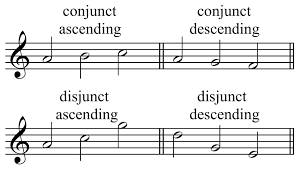
Disjunct
A melody that rises and falls quickly, with large intervals between one note and the next
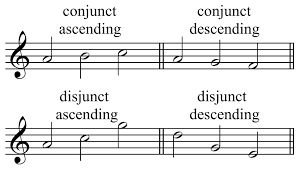
Tessitura
The general range of pitches found in a melody or vocal part
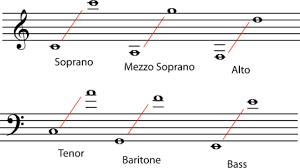
Syllabic Music
Music with lyrics that have primarily one syllable of text per musical note
Melismatic Music
More than one note is sung to a single syllable
Think Fergie National Anthem
Alberti Bass
Outlining a triad in the bass
Anacrusis
Pick-up note
Hemiola
¾ rhythm that sounds like 4/4 —» triple that sounds douple
indicated by a tie
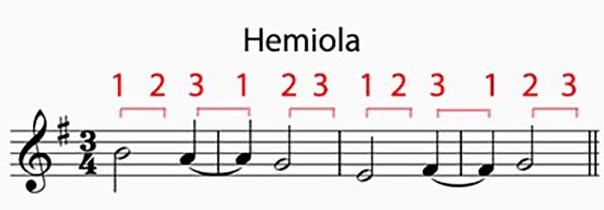
Agogic Accent
A musical technique that emphasizes a note by making it longer than the other notes around it
Cross Rhythm
2 against 3

Cadence
The ending of a phrase that creates a sense of resolution through the melody, harmony, or rhythm
Authentic Cadence
Perfect
V —» I
NO INVERSIONS
Tonic in Soprano voice
Imperfect
Anything that does not fit the Perfect criteria is automatically Imperfect
can also be a viio —» I
Half Cadence
Has to end on a V chord
Deceptive Cadence
V —» vi
Plagal Cadence
IV —» I
Phrygian Half Cadence
Must be in minor key
iv64 —» V OR iv6 —» V
Passing 64
A second inversion chord that smoothly connects two harmonies in a musical phrase
Neighboring / Pedal64
A type of six-four chord that occurs when the bass line remains the same while the third and fifth of a root-position triad are embellished with upper neighbor tones
Arpeggiated64
A type of harmony in which the notes of a chord are played in succession rather than simultaneously, typically built on the first inversion of the chord
Cadential64
When a I64 sets up a V chord and then goes back to I or vi
In the I64 the 5th is doubled
If the V chord is a 7th chord then there are 3 suspensions
If the V chord is a triad then there are 2 suspensions
I (8/6/4) —» V (7/5/3) —» I (7/5/3)
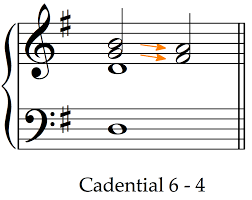
Secondary Dominants
Choose which chord you want to feel home
Take the 5th of that chord, and make it the root of the previous chord
3a. V chord —» Apply the key signature of the root of the chord proceeding the chord3b. viio —» Apply the key signature of the root of the chord
Secondary Dominant Rules
The secondary dominant chord is labeled V or viio/x, where x = the chord proceeding the secondary dominant
7th of the key must resolve up
The 7th of the chord must resolve down
In a V/IV the V chords must be a V7 —» V7/IV
Give away —» accidentals/notes that don’t fit in the key
Modulation
Key change
Secondary Leading Tone
New leading tone formed from a secondary dominant
Voice Leading Rules
Voice Leading Rules
Stepwise motion! No excessive leaps! (Conjunct motion good; disjunct bad)
When possible, common tones should be retained in same voice
Contrary motion/oblique motion are your friend
No voice crossing
No parallel fifths and octaves
No leaps greater than a 5th
No leaps of augmented and diminished intervals
Leading tones should resolve up to "do". They should also be approached by
"do" when possibleDo not double the leading tone
Make soprano part interesting/alto and tenor voices boring
Only Bass voice can have disjunct motion
No more than an octave between the soprano and alto and alto and tenor
The tenor and bass voices can be more than an octave
Doubling:
a. Double the root of a triad whenever voice leading allows
b. Thirds and fifths may also be doubled in triads
c. Never double the leading tone or 7th of a chord
d. If fifth is omitted in a root-position 7 chord, double the root
e. In 6/4 chords, ALWAYS double the bass
Final chord can have an omitted 5th
Avoid Direct 5ths and direct Octaves (hidden 5ths/hidden octaves)
7th of the chord resolves DOWN
When 7th of chord can't resolve down...keep it the same note
Form
way music is written
Simple Binary Form
||:A:||:B:|| (section B might modulate)
sectional —» section A finishes on tonic chord
continuous —» section A finishes not on tonic chord
Rounded Binary Form
||:A:||:B A’:|| (section B might modulate)
A’ —» repeat of A but with embellishments
Ternary Form
|A|B|A||
Rondo (Rondeau) Form
ABACABA
Episodes —» sections other than A
After every episode, it returns to section A